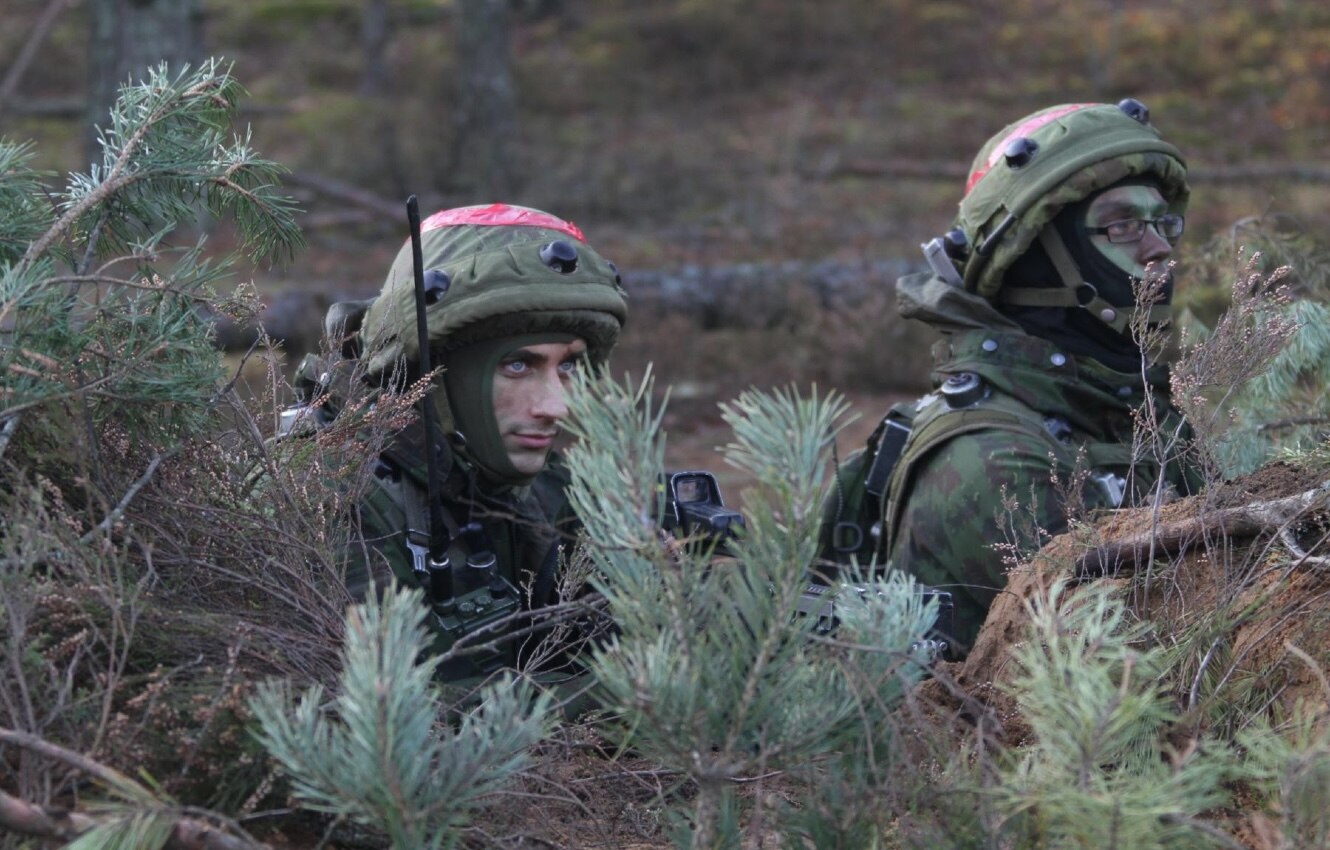
Guerrilla warfare in the Baltic States during and after World War II is a gripping chapter of history. These small nations—Estonia, Latvia, and Lithuania—faced immense challenges as they resisted Soviet occupation. Brave fighters, often called Forest Brothers, took to the woods, using guerrilla tactics to wage a covert war. Their struggle for freedom involved daring raids, sabotage, and intelligence gathering. Despite limited resources, their determination was unyielding. This post dives into 25 compelling facts about this intense period, shedding light on the courage and resilience of those who fought for their homeland's independence. Buckle up for a journey through history's hidden battles!
Key Takeaways:
- Guerrilla warfare in the Baltic States was a brave resistance against Soviet occupation, using forests as bases and creative tactics. It tore families apart but also strengthened national identity and is honored today.
- The Forest Brothers, guerrilla fighters in the Baltic States, used hit-and-run tactics, sabotage, and propaganda to resist Soviet forces. Their legacy as national heroes continues to inspire and unite the Baltic peoples.
The Baltic States' Struggle for Independence
The Baltic States—Estonia, Latvia, and Lithuania—faced immense challenges during their fight for independence. Guerrilla warfare played a crucial role in their resistance against Soviet occupation.
- Guerrilla warfare in the Baltic States began after World War II when the Soviet Union reoccupied the region.
- The Forest Brothers were the main group of guerrilla fighters in Estonia, Latvia, and Lithuania.
- These fighters used the dense forests of the Baltic region as their base of operations.
- The Forest Brothers were composed of former soldiers, farmers, and students.
- They relied heavily on local support for food, shelter, and intelligence.
Tactics and Strategies
Guerrilla fighters in the Baltic States employed various tactics to resist Soviet forces. Their strategies were often creative and resourceful.
- Hit-and-run tactics were commonly used to ambush Soviet patrols.
- They often sabotaged infrastructure, such as railways and communication lines.
- The guerrillas used homemade explosives to disrupt Soviet supply routes.
- Propaganda was a key tool, with leaflets and underground newspapers spreading their message.
- They also engaged in psychological warfare to demoralize Soviet troops.
Soviet Countermeasures
The Soviet Union implemented several measures to counter the guerrilla resistance. These efforts were often brutal and widespread.
- The Soviets conducted mass deportations of suspected guerrilla supporters.
- Collective punishment was used, targeting entire villages for the actions of a few.
- Special NKVD units were deployed to hunt down guerrilla fighters.
- The Soviets offered amnesty programs to encourage guerrillas to surrender.
- Propaganda campaigns aimed to discredit the Forest Brothers and their cause.
Impact on Local Populations
The guerrilla war had significant effects on the local populations in the Baltic States. These impacts were both immediate and long-lasting.
- Many families were torn apart by the conflict, with members joining the resistance or being deported.
- The economy of the region suffered due to the constant state of warfare.
- Cultural traditions were preserved and promoted as a form of resistance.
- The guerrilla war fostered a strong sense of national identity among the Baltic peoples.
- Memorials and museums today honor the sacrifices made during this period.
Legacy of the Guerrilla War
The legacy of the guerrilla war in the Baltic States continues to influence the region today. It serves as a reminder of the resilience and determination of the Baltic peoples.
- The Forest Brothers are celebrated as national heroes in Estonia, Latvia, and Lithuania.
- Historical research on the guerrilla war has increased in recent years.
- The guerrilla war is a significant part of the Baltic States' national narratives.
- Commemorative events are held annually to honor the resistance fighters.
- The guerrilla war in the Baltic States is a powerful example of resistance against oppression.
Final Thoughts on Baltic Guerrilla Warfare
Baltic guerrilla warfare during and after WWII was a testament to the resilience and determination of the people in Estonia, Latvia, and Lithuania. These fighters, often called "Forest Brothers," waged a relentless struggle against Soviet occupation. Their tactics, though unconventional, were effective in disrupting Soviet control and keeping the spirit of independence alive. Despite facing overwhelming odds and brutal reprisals, they continued their fight well into the 1950s. This chapter of history highlights the importance of national identity and the lengths people will go to protect their homeland. The legacy of the Forest Brothers remains a powerful symbol of resistance and courage. Understanding these facts not only honors their memory but also provides valuable lessons on the impact of guerrilla warfare in shaping national histories.
Frequently Asked Questions
Was this page helpful?
Our commitment to delivering trustworthy and engaging content is at the heart of what we do. Each fact on our site is contributed by real users like you, bringing a wealth of diverse insights and information. To ensure the highest standards of accuracy and reliability, our dedicated editors meticulously review each submission. This process guarantees that the facts we share are not only fascinating but also credible. Trust in our commitment to quality and authenticity as you explore and learn with us.
